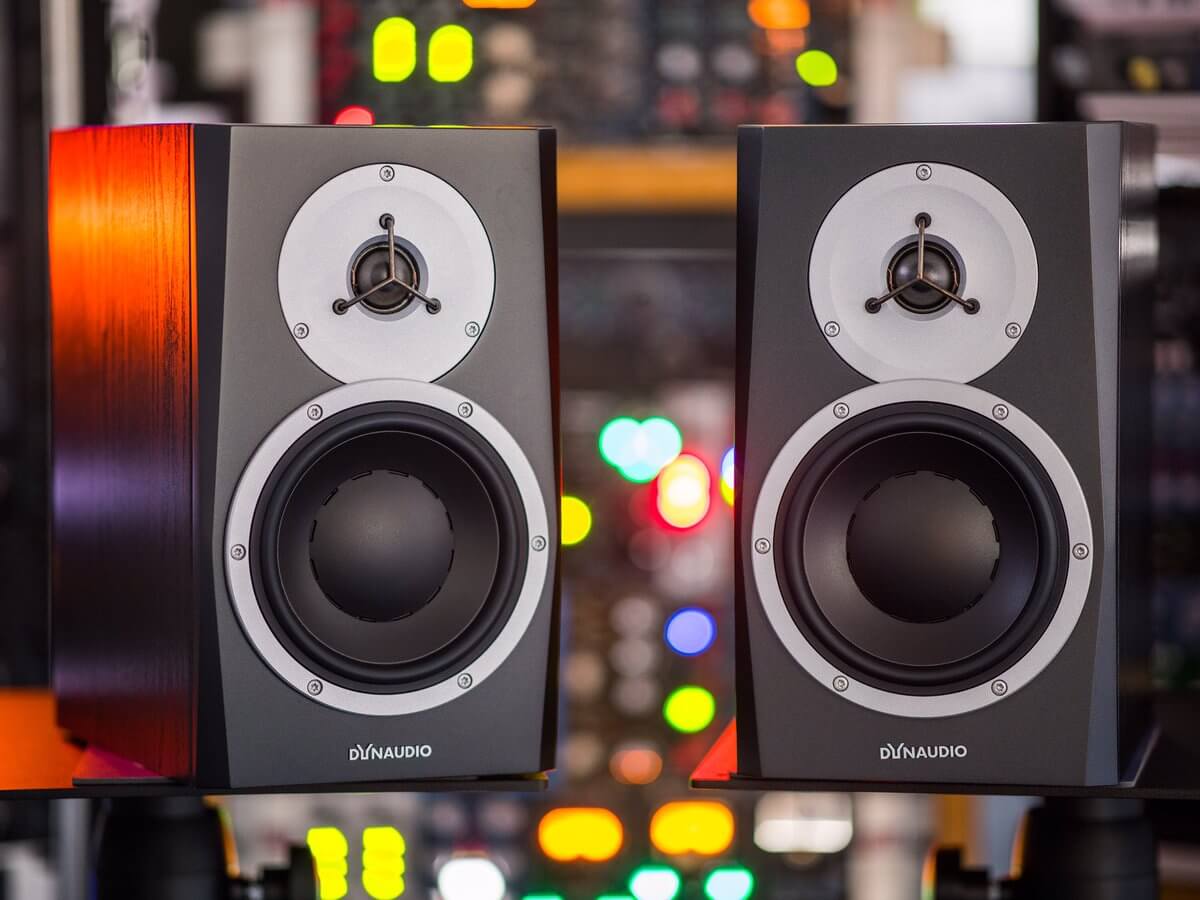Dynaudio BM5 MKIII Review
BM5 MKIII is derived from the BM5 series and is now classified in the Dynaudio Classic Monitor category. BM5 MKIII was released in 2015 and has now been replaced by Dynaudio’s LYD series. The positioning of the two is the same, and there is not much difference in appearance.
Dynaudio BM5 MkIII has excellent performance in terms of size and cost performance, making it very suitable for small studios.
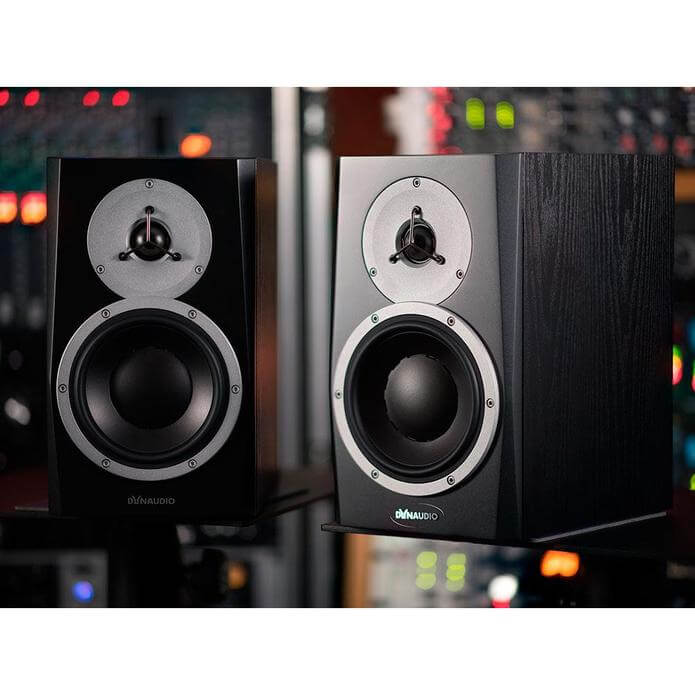
Introduction
When it comes to Dynaudio’s monitor speakers, you will not miss the most classic BM series. They can still be seen in many recording studios or radio stations. In the 1990s, Dynaudio cooperated with recording studio designer Andy Munro to establish the Dynaudio Acoustics professional department, and launched the M series main monitor speakers representing Munro. In 1996, it launched the first near-field monitor BM5, and in 1997 it launched BM6A and BM15A.
BM5 MKIII is actually the fourth generation of the BM series: the first generation is the passive BM5, the second generation is the active BM5A, the third generation is the BM5A MKII, and the fourth generation is the BM5 MKIII.
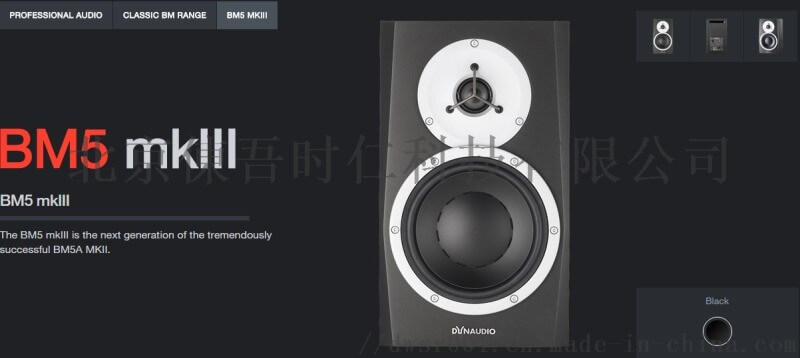
Compared with the previous generation model, BM5 MKIII has a higher SPL and wider frequency response. Its ultra-high dynamic range and hand-made monomer make it perform better than many larger and more expensive monitor speakers.
The magnet around the large diameter voice coil has excellent linearity. The aluminum voice coil and wire are lightweight, so the transient response is fast and accurate.
Appearance and Function
The size of the BM5 MKIII speaker is a small and medium bookshelf box. If used as a professional studio monitor, it is probably also a mid-near field monitor. The volume is not too big for home entertainment and listening to music.
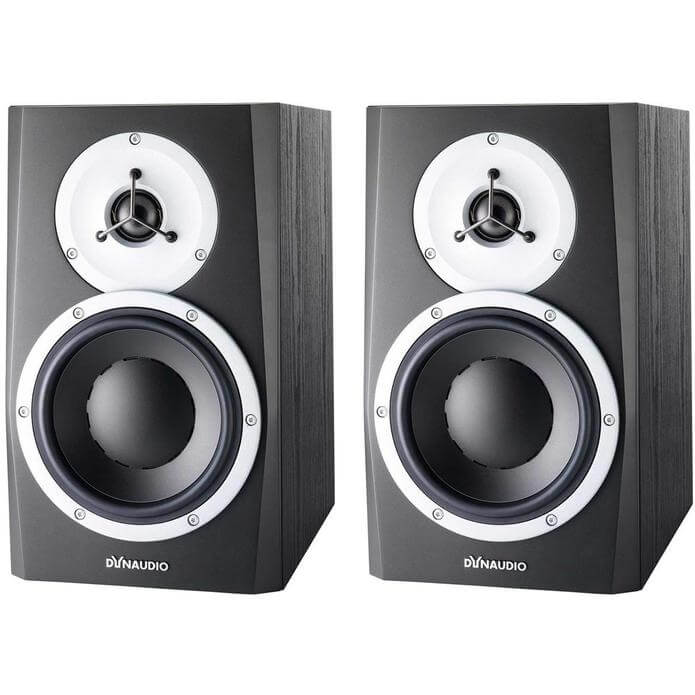
BM5 MKIII uses a 7 inches mid-woofer. From the appearance, the height, width, and depth of BM5 MKIII are only 320mmX186mmmX296mm, which is small for a 7-inch speaker. The port of BM5 MKIII is designed on the upper part of the back with a slender rectangular opening.
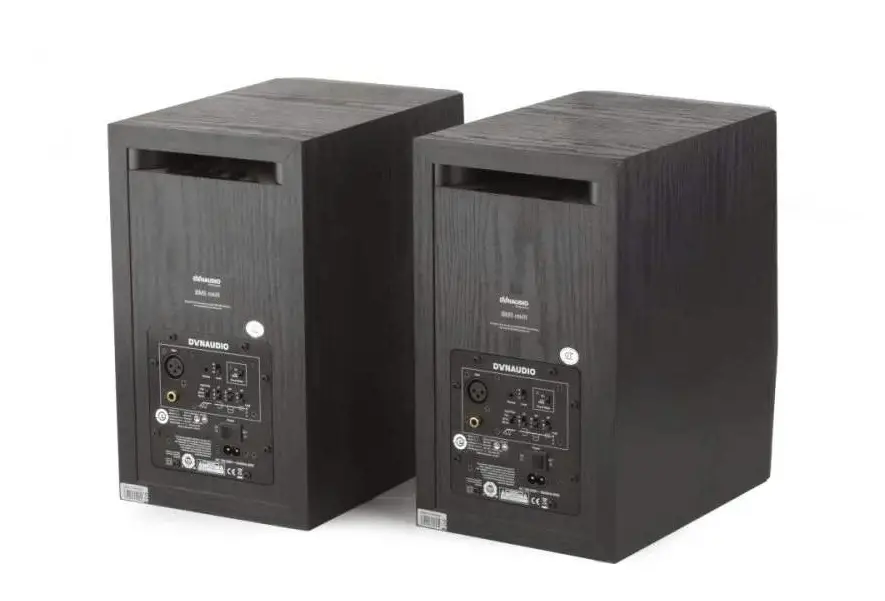
Driver
The BM5 MKIII mid-woofer has the DNA of Dynaudio from its appearance. The speaker has a diameter of 165mm or 7 inches in diameter. The diaphragm is also the MSP (Magnesium Silicate Polymer) diaphragm commonly used by Dynaudio. The speaker uses a cast aluminum frame.
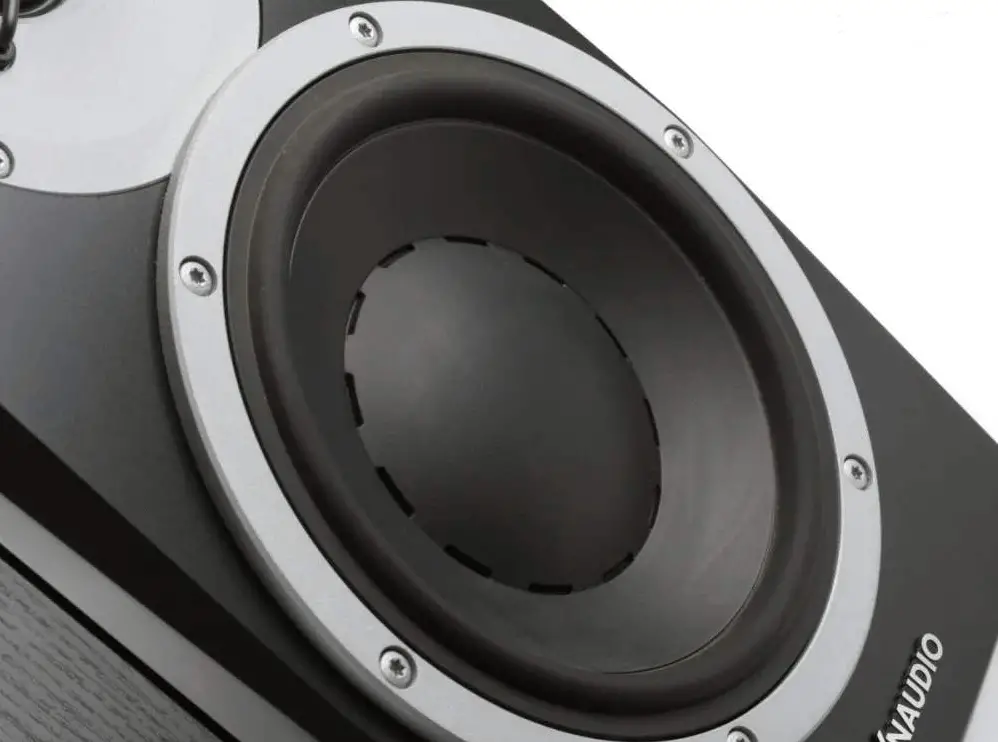
For the tweeter, BM5 MKIII uses a 28mm soft dome tweeter [about 1.1 inches]. The open wires of the two voice coils are also characteristic of Dynaudio.
The Main Structure
Compared with the previous generation BM5A MKII, the internal design of the BM5 MKIII is relatively large. BM5 MKIII uses a Class-D power amplifier chip to provide 50 watts of output power at high and low frequencies. The Class-D chip is TI’s TAS5715.
Due to some functional requirements of monitor speakers, such as low-frequency control, frequency response control, etc., the input part of BM5 MKIII uses NE5532 amplifier as the front stage.
Besides, in terms of power supply, BM5 MKIII also uses a switching power supply instead of a built-in transformer with a rectifier circuit.
Control Function
Let’s take a look at the related functions on the back of the BM5 MKIII speaker. First of all, BM5 MKIII provides high, medium, and low-frequency EQ gains adjustment. In addition, BM5 MKIII can choose input sensitivity of -10dB, 0dB and +4dB. BM5 MKIII also has a low-frequency control option. You can choose 60Hz, 80Hz, and Flat. The low-frequency dive depth is 42Hz in Flat mode.
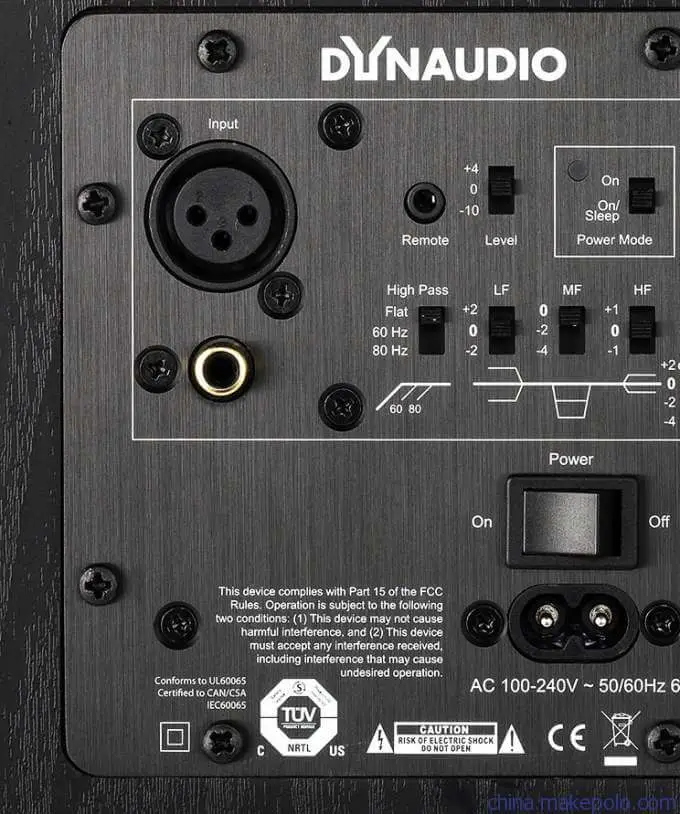
The speakers can support unbalanced or balanced inputs of RCA and XRL. The speaker has a power switch setting. In addition, an automatic sleep energy-saving control switch is added.
Sound Quality
The first impression of BM5 MkIII’s sound performance is that it sounds clean and very smooth, and what is impressive is that with repeated listening for a long time, there will be no auditory fatigue. The stereo sound field looks very stable. The bass part also has excellent details. After turning up the volume, there is no distortion, and almost no background noise and noise are heard.
Overall Impression
The frequency response gain adjustment of the monitor speakers is a function set for the sound engineer or user’s taste and environment. The first thing to pay great attention to is the input sensitivity. Due to the consideration of the pre-amp and electronic crossover, the -10dB option was found to be very inappropriate. It limits the final dynamic performance of the speaker. If your front-end audio source device cannot adjust the volume and has to put the BM5 MKIII to the -10dB position, then the performance is not good enough. It is recommended to select +4dB, and select lower input energy through the pre-stage. Besides, we choose 0dB or Flat for high, middle, and low-frequency parts. Low-frequency control selects 60Hz.
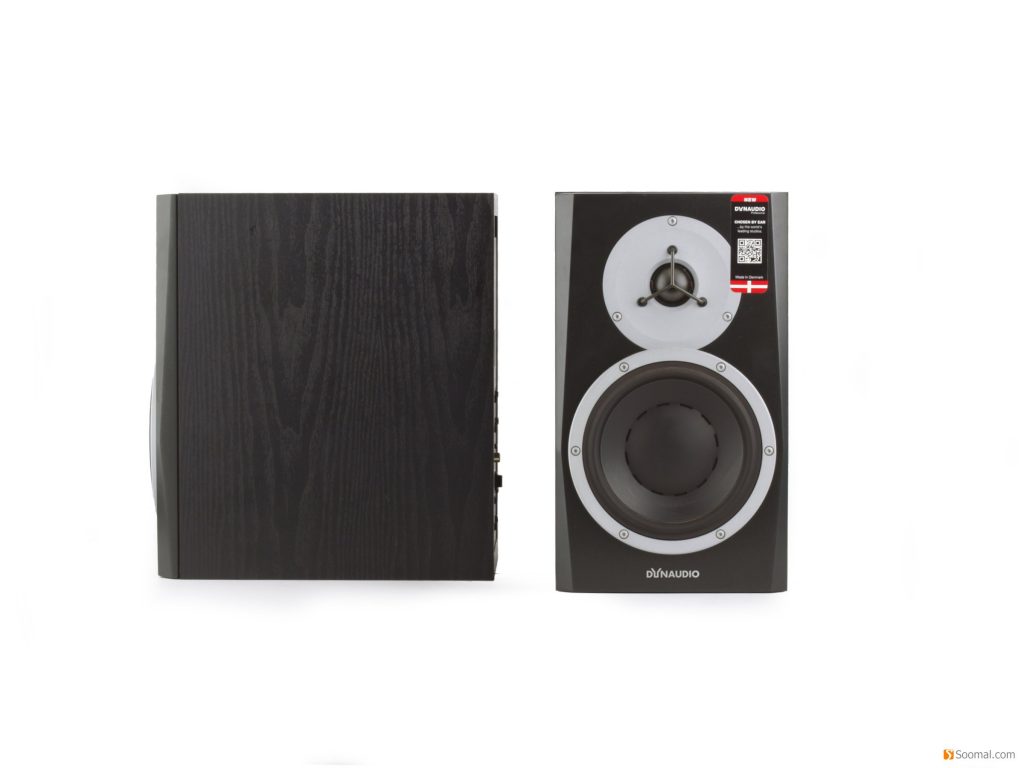
As a small 7-inch bookshelf box, BM5 MKIII has a good low-frequency sense. Considering the power amplifier power of only 50 watts, the sensitivity of this speaker is still good. Of course, such a small cabinet can also express low frequencies below 60Hz, and the quality and detail will be much worse than that of a large speaker. It’s a reliable mid-range performance that makes people feel that it is not like monitoring in the traditional sense?
Treble Performance
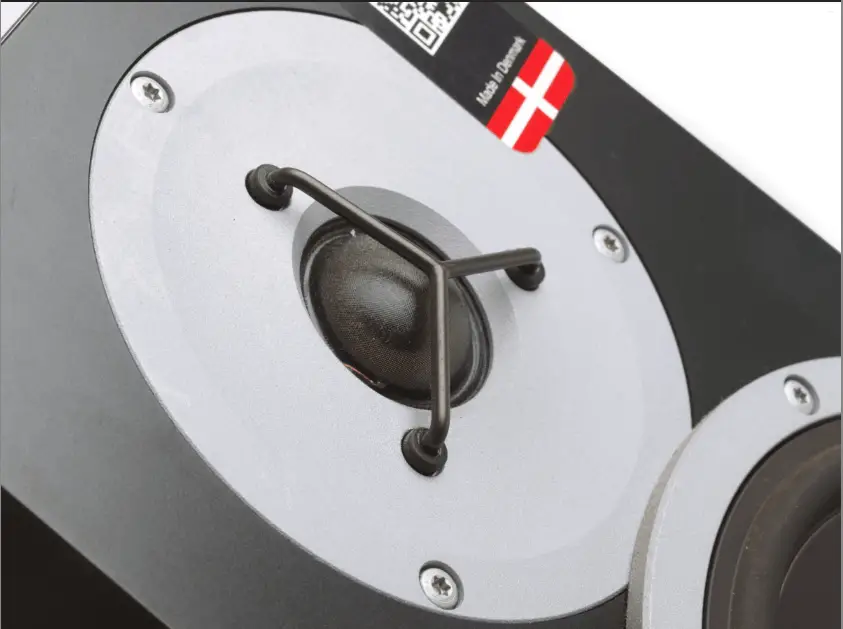
The treble upward extension of BM5 MKIII is very general. The sound does not pursue the details of the extremely high-frequency part, so the high frequency is not particularly gorgeous and bright. But the dynamics and density of the treble section, especially the sound density performance, is still quite good. Under relatively intense sound pressure, the high frequency has excellent control, showing good tenacity and stability.
There is no sharp sense of hearing and burrs, including the high frequencies of some metal instruments and percussion instruments, which are also well controlled on the BM5 MKIII.
Midrange Performance
BM5 MKIII is a speaker that is particularly good at vocal expression. Due to the small size of the cabinet, some musical instrumental and symphonic performances are too restrained and not atmospheric from the perspective of music appreciation applications. However, the fullness of the human voice is not a big problem. The mid-to-high frequency connection is conservative and stable, so the vocals are slightly mature.
In the frequency response options of the intermediate frequency, the highest is 0dB, and there are only two attenuations of -2 and -4. No enhancement, it seems a little regrettable.
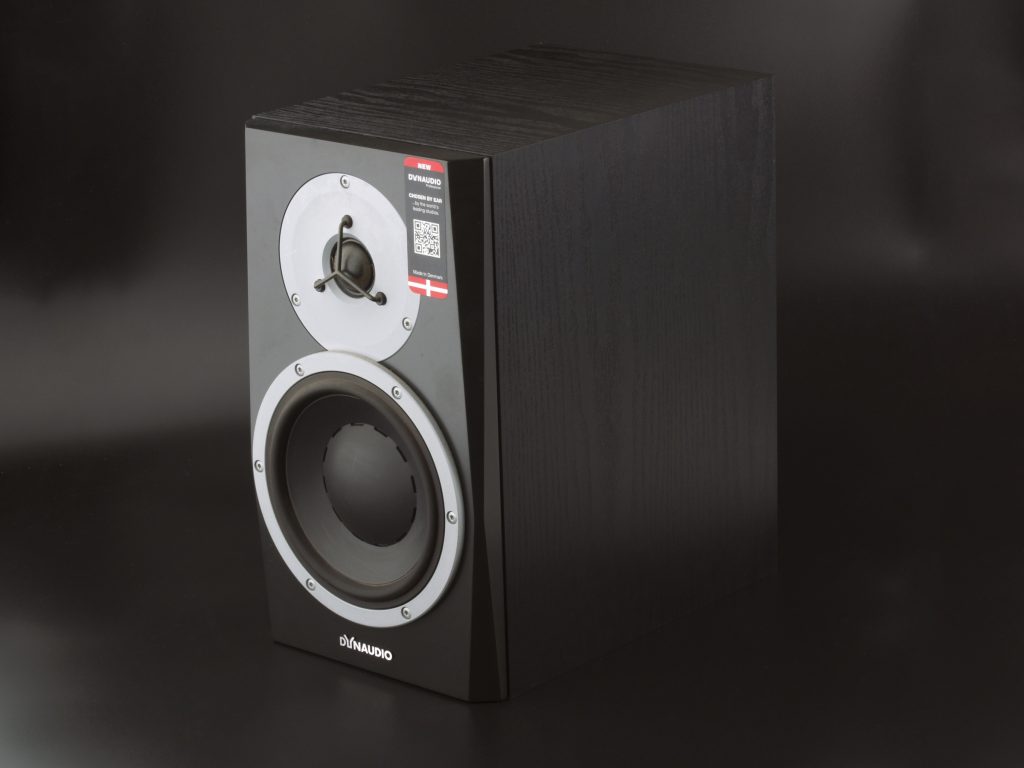
As we often say, mid-frequency is such as vocals, pianos, and other musical instruments. Many overtones belong to the mid-to-high frequency. So when talking about their timbre, they seem to be talking about mid-range frequencies, but they are related to high frequencies. The performance of the BM5 MKIII is similar to the human voice in terms of pianos and partial midrange brass instruments. The sound is stable and thick, but it is slightly less dynamic.
Bass Performance
The low-frequency part of BM5 MKIII should be regarded as its strong point. After all, under such a small cabinet and 7-inch speakers, the frequency can be as low as 42Hz. Even if we turn on its high-pass to 80Hz, its low-frequency sense of volume is significantly greater than that of all speakers we compare today. BM 5 MKIII achieves a sufficiently good frequency response and low frequency.
We need to turn on the 80Hz high pass mode because, in the flat mode, ow frequency is always too much and out of control. The transient speed becomes too slow below 200Hz, and it also affects the detailed performance of the mid and low frequencies. For the fast and explosive low frequency, the low-frequency quality of the BM5 MKIII appears to be severely hindered. So from the perspective of music appreciation, listening to symphonies is a lack of fun. However, it is perhaps more important to use a monitoring studio to listen to the low frequencies of one or two separate instruments to ensure a sufficiently accurate frequency response and sound integrity. In this regard, BM5 MKIII should be more realistic than some HiFi speakers.
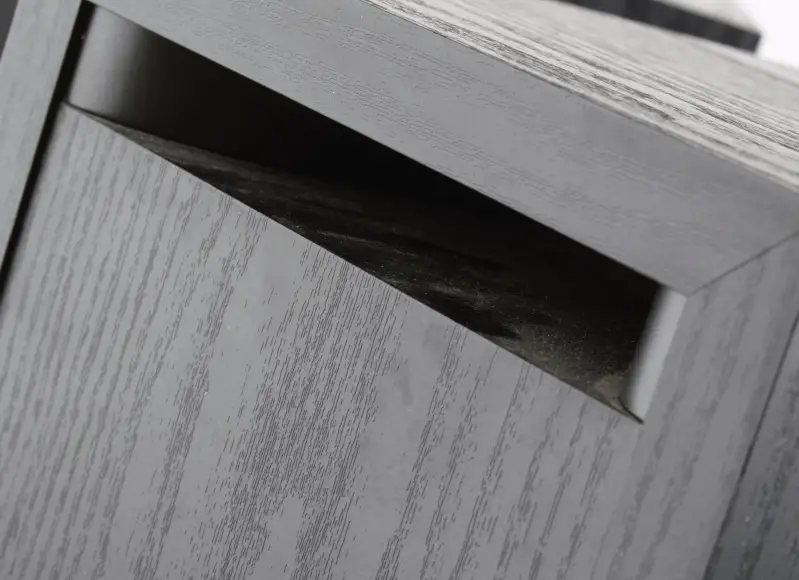
In general, BM5 MKIII is suitable for beginners to monitor small dynamic music.
Conclusion
Overall, the BM5 MKIII is a small 7-inch monitor speaker with a stable and reliable sound style. The low frequency is abundant, the middle frequency is thick, and the high frequency is stable. That is also the characteristic of Dynaudio’s traditional mid-woofer. Since the matched power amplifier is only 50 watts and the cabinet is too small, it is unlikely to play a high dynamic sound range.
BM5 MKIII is among the well-known brands of monitoring. The configuration, positioning, and price of BM5 MKIII are also in line with its performance.
Dynaudio BM5 MKIII Features
- Active nearfield monitor with 7″ woofer and 1.1″ dome tweeter, each with pure aluminum voice coil
- Impressive SPL, frequency response, and dynamic range
- 50-watt LF and 50-watt HF RMS Class D amplifier with DSP crossover
- 118dB SPL peak power output
- Frequency response of 42Hz–24kHz
- HF, MF, LF analog room filters allow flexible positioning
- Highpass filters at 60/80Hz for perfect subwoofer adaption
- Input sensitivity switch (-10/+4dB range)
- XLR and RCA inputs give you setup flexibility
- Precision-made in Denmark
Dynaudio BM5 MKIII Specs
- Powered:Yes
- Power Configuration:Bi-amped
- LF Driver Size:7″
- LF Driver Type:Thermo Molded MSP Cone
- HF Driver Size:1″
- HF Driver Type:Soft Dome
- LF Driver Power Amp:50W
- HF Driver Power Amp:50W
- Total Power:100W
- Frequency Range:42Hz-24kHz
- Crossover Frequency:1900Hz, 12 dB/octave
- Maximum Peak SPL:118 dB
- Input Types:1 x XLR, 1 x RCA
- Enclosure Type:Ported
- Height:12.5″
- Width:7.3″
- Depth:11″
- Weight:16.9 lbs
